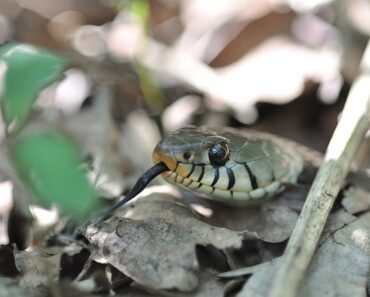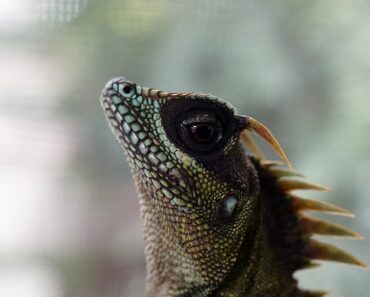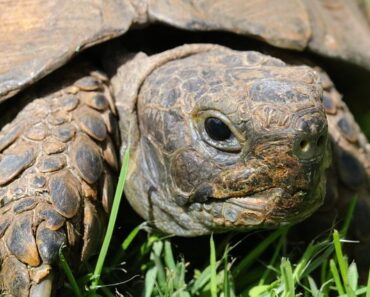
To choose the most suitable substrate for your terrarium, the main factor remains the safety of your reptile! We will study these different factors, and then a list of different reptile substrates to help you make your choice. First of all, it is necessary to precisely determine your animal’s needs, according to various criteria: age and size of the animal, species and behavior, heating system, feeding method, temperature and hygrometry of the environment, etc…
Substrate safety
A number of reptiles accidentally swallow their substrate (sand, gravel, shavings, etc.). It may be useful to use a feeding platform to prevent your pet from ingesting its litter at the same time as the food. However, certain species (of snakes in particular) explore their terrarium with their tongue, which represents a definite risk of ingestion of the substrate. It is also possible that some species intentionally eat their litter, for example in case of a deficiency in trace elements.
Thermal capacity of the substrate
The bedding should not be too insulating, so that the heat from the substrate can reach the reptile. Here again, the situation is different depending on whether it is a reptile species that likes to dig and bury itself in the litter, or a species that stays on the surface or even high up. In the latter case, the substrate will need to have excellent heat transfer capabilities. On the other hand, it is sometimes necessary to add a thick layer of bedding to prevent the animal from coming into direct contact with the heating surface. Again, this depends on the behaviour of the animal but also on the heating system of your terrarium.
Compatibility with the reptile’s feeding habits
The characteristics of the substrate influence the way you will feed your reptile. Indeed, certain types of bedding make feeding difficult, because you can’t see if crickets, for example, are hiding in the bedding, if they have been eaten or not. Here again, you must take into account the feeding behavior of your reptile, as well as the layout of your terrarium, to choose the right substrate.
The different types of substrate
Your terrarium should not be wet. Indeed, humidity rhymes with insalubrity and diseases (opportunistic bacteria, etc). It is important that your substrate has a good capacity to absorb liquids. It must also be easy to clean or change. Currently, more and more disposable litter is being sold, to help maintain a clean and dry environment in the terrarium.
Soil
It is an economical solution. You can use natural soil or potting soil. Natural soil can sometimes be dangerous because it is contaminated, especially with parasites. Conversely, many of the potting soils currently on the market are sterilized. Soil or potting soil transmits heat well, and locusts cannot hide in it. On the other hand, it can become moist in an overheated terrarium. The tray is difficult to clean once the soil has been emptied.
Sand
Moderately expensive, it is heavy, difficult to clean. Animals can swallow sand along with their food, and locusts can hide in it. On the other hand, some species require a sandy substrate for burrowing. It transmits heat well as well.
Pine Chips
Cheap, they have a good absorption capacity but do not transmit heat well. Locusts can hide in them, but the bacteria will not find a sufficiently favourable environment for their development. This substrate is generally used for large reptiles, such as monitor lizards, which cannot ingest the shavings. This substrate tends to be replaced by other types of wooden substrates, such as small beech squares.
Shredded aspen chips
It is the safest substrate, and despite its high price, it remains the most popular among professionals. It is a disposable substrate, the terrarium is easily cleaned afterwards. It is very absorbent and insulates the animal from the hot plates. On the other hand, the heat is not ideally transmitted. The heating system must therefore be adapted. Locusts cannot hide in it.
Cypress bark
This substrate is mainly used for iguanas. It is inexpensive and disposable. However, the reptile can ingest small pieces of the litter, so it is advisable to feed it on a feeding platform. This substrate does not transmit heat very well. Depending on the size of the shavings, locusts may or may not hide in it.
Artificial grass
This substrate requires a lot of care: weekly cleaning and disinfection, monitoring of the correct adhesion (if the edges fray, pieces of plastic can be swallowed and cause intestinal obstruction), etc. However, it cannot be ingested and transmits heat properly.
Newspaper litter
It is a very economical solution. It transmits heat well and is well absorbent, which guarantees a clean and healthy environment for the reptile. Easy to change, locusts generally cannot hide in it. It can be ingested, in small quantities, but generally does not cause obstruction.






